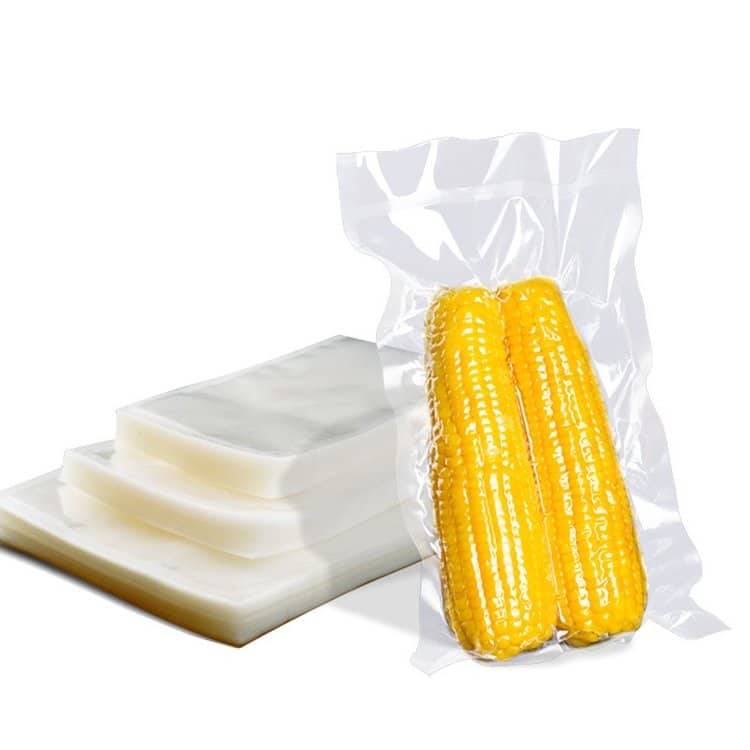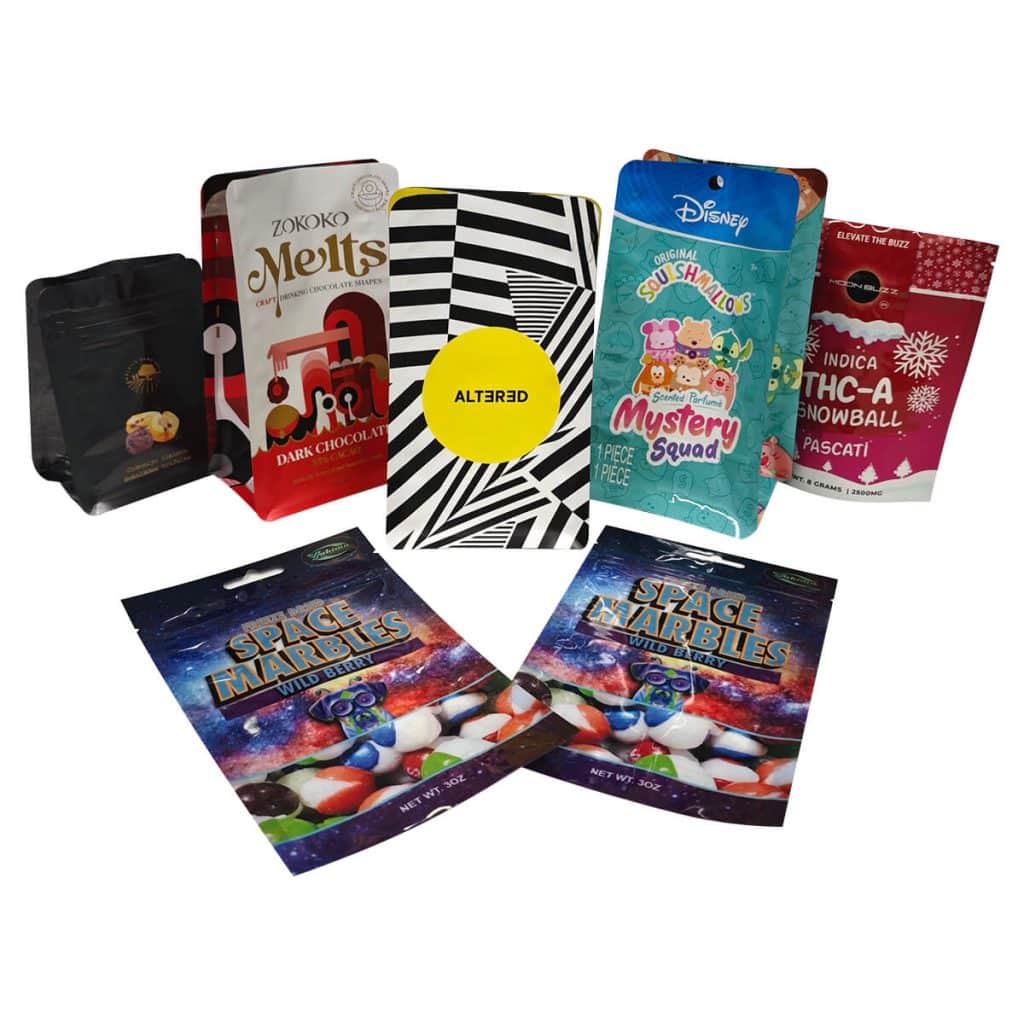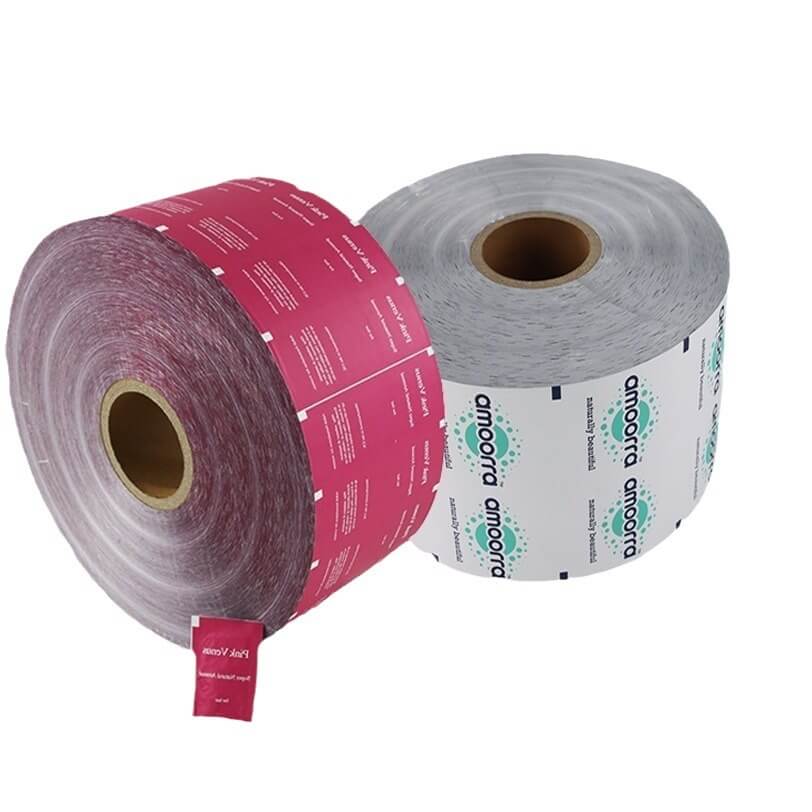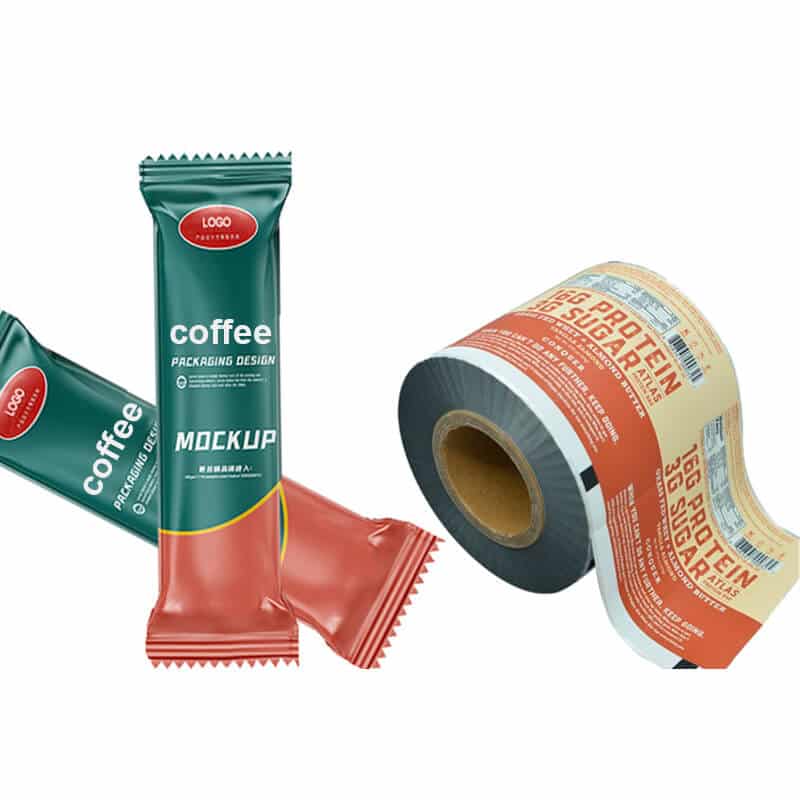What is a vacuum packaging bag?
Vacuum packaging bags, also known as decompression packaging, is the packaging container air all out of the seal, maintaining the bag in a highly depressurized state; the air is scarce, equivalent to the effect of low oxygen, so that microorganisms have no survival conditions, to achieve the purpose of fresh fruit, no disease and rot occur.
The primary role of the vacuum bag is to remove oxygen to help prevent food spoilage; the principle is also relatively simple because food mold spoilage is mainly caused by the activities of microorganisms, and most microorganisms (such as mold and yeast) need oxygen for survival. Vacuum packaging uses this principle; the bag and food cells within the oxygen are pumped away so that micro-objects lose the “survival of the environment.”
What are the advantages of food vacuum packaging bags
1, easy to use. Vacuum packaging bags can be quickly and safely opened. When eating, you can open the bag of food for consumption, even without heating can be eaten.
2, convenient storage and transportation. Vacuum packaging bag material is light, stackable, occupy little space, saving storage and transportation costs.
3, save energy. Due to the lighter and thinner packaging through the sterilization effect, Vacuum packaging bags increase energy consumption to 30 ~ 40% less than tin cans.
4, long preservation time. Vacuum-packed food, no refrigeration or freezing, stable life, comparable to metal, to facilitate long-term use.
5, to maintain food’s color, aroma, taste, and shape. The vacuum bag is thin, in a short time, can reach the sterilization requirements as much as possible to preserve the original color, aroma, taste, and shape of the food.
Vacuum packaging food bags material
The main materials of food vacuum bags are: PVDC (polyvinylidene chloride), PE (polyethylene), PA (nylon), EVOH (ethylene/vinyl alcohol copolymer), aluminized film (aluminum + PE), etc., among which PE (Polyethylene) material is a more commonly used material for making food packaging bags.
Different products have different requirements for vacuum packaging bags, so the vacuum bag chooses material according to the product’s characteristics.
In General PE + PET bags, adhesion is better.
Now do export compression bags with more material is PA + PE, this material bag flexibility is better, bonding is also higher, not easy to leak air, high-temperature resistance, so the cost is also higher.
Specifically include: whether it is easy to deteriorate, factors leading to deterioration (light, water, or oxygen, etc.), product form, product surface hardness, storage conditions, sterilization temperature, etc. A good vacuum bag does not have to have a lot of features, but to see if it is suitable for the product.

Applicable products of vacuum packaging bags
1, the shape of the regular or soft surface of the product
The shape of the standard or smooth surface of the product, such as meat sausage products, soybean products, etc., does not require high mechanical strength; it only needs to consider the material barrier and sterilization temperature on the fabric. Therefore, for such products, the general use of the OPA / PE structure of the bag. Suppose the need for high-temperature sterilization (more than 100 ℃) can be used OPA / CPP structure or high-temperature resistant PE as a heat sealing layer.
2, products with high surface hardness
High surface hardness of the product: such as meat products with bones such products, you can choose PET/PA/PE or OPET/OPA/CPP material vacuum bags.
Because of the high surface hardness and hard protrusions, easy to vacuum and transport process puncture bags. Hence, loads of these products need good puncture resistance and buffering performance.
If the product’s weight is less than 500g, you can try to use the bag’s OPA/OPA/PE structure; this bag has good product adaptability and a better vacuum effect while not changing the product’s shape.
3, perishable products
Low-temperature meat products and other products are prone to spoilage and require low-temperature sterilization of the strength of the packaging bag requirements is not high but requires excellent barrier properties. These products can choose pure co-extruded film, such as PA/PE/EVOH/PA/PE structure of the film; you can also use dry compoundings, such as PA/PE film, and K coating materials. High-temperature products can be used in PVDC shrink bags or dry bags.
4, more high-grade quality products
Seven-layer co-extruded packaging, its better barrier performance, can simultaneously meet the needs of 1, 2, and 3 classified products; its use makes your products more upscale, greatly extending the shelf life of the contents. It is best to choose PA + PE composite vacuum packaging bags if it is used for food.
How to use vacuum packaging bags
1, the first vacuum packaging bags will be unfolded and laid; this time, observe the construction on the plastic bag; then you will easily find the compressed bag button box, then gently open the button box, the button cover to the – side, as far as possible in their line of sight, can not be thrown away.
2, after spreading the vacuum bag, the need to contain items organized, and then one after another into the four corners of the plastic vacuum bag, the purpose of this is to prevent the corners without items inside so that the bag falls empty, will waste a lot of space to contain things, and then placed in the middle, must be in order, do not put, so that the later compression will be very unattractive.
3, the items will all be placed in and then sealed with pressure plate plastic bags; this step must be included and considered. Otherwise, it will undoubtedly leak; to prevent leakage, step on it with your foot to see if there is no leakage of air conditions. This will prevent the food from breaking down, or the vacuum needs to be pumped clean.
4, vacuum pumping pump with a circle of threads on top; manually screw it on so that the two items are seamlessly combined. This can prevent vacuum leakage and play a better role in protecting and evacuating.
5, up and down pumping, you will see vacuum plastic bags slowly deflated, and finally, the inner wall of the plastic bag and the items tightly together, and then screw on the lid, and the compression is complete.
Vacuum packaging bag use precautions
1, the gas moisture in the air, for the packaging material is porous, the permeability coefficient and the temperature is closely related; in general, the higher the temperature, the greater the permeability coefficient, and the more serious the permeability of the packaging material. Therefore, for vacuum packaging, bags of food must be placed in low-temperature storage; if placed in high-temperature storage, it will seriously affect the permeability of the pack, so that food deterioration. General vacuum-packed food is set below 10 ° C for storage.
2, pay attention to the food vacuum packaging bags’ heat sealing; the sealing parts do not stick to grease, protein, food, and other residues to ensure that the seal can be fully heat sealed up.
3, vacuum packaging over the bag heating sterilization treatment should be strictly controlled sterilization temperature and time to avoid excessive pressure inside the bag due to high temperature, resulting in the bag sealing separation and rupture.
4, the food vacuum packaging bags must be pumped entirely, especially for fresh meat and no shaped food vacuum packaging, not residual gas, to prevent residual gas caused by the packaging bags’ food spoilage.






